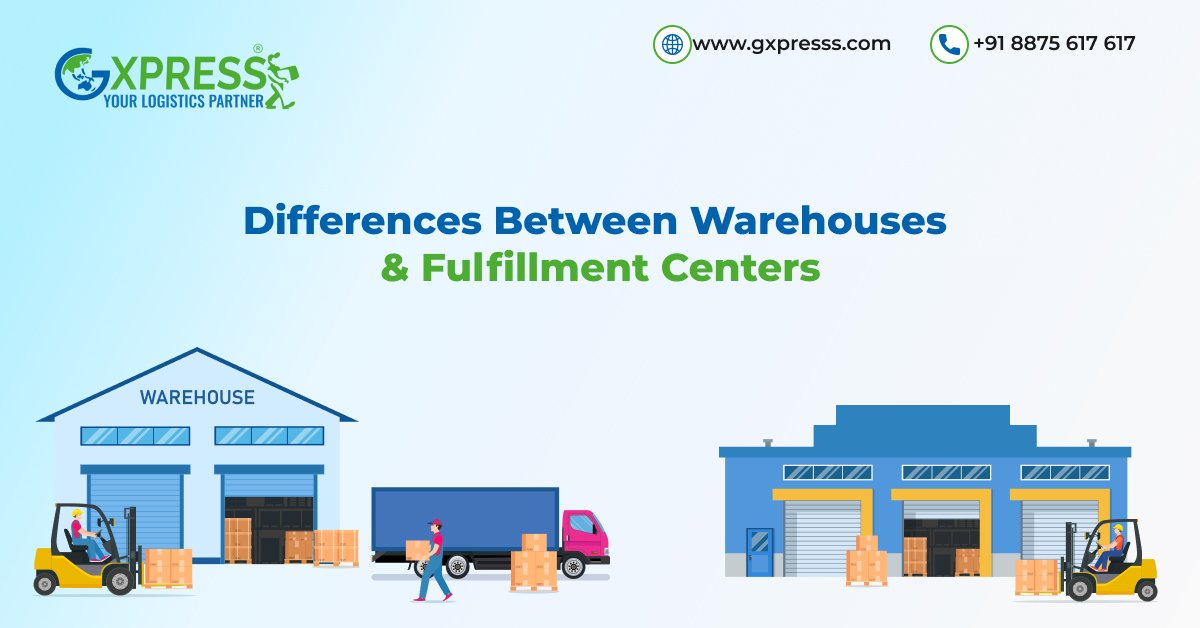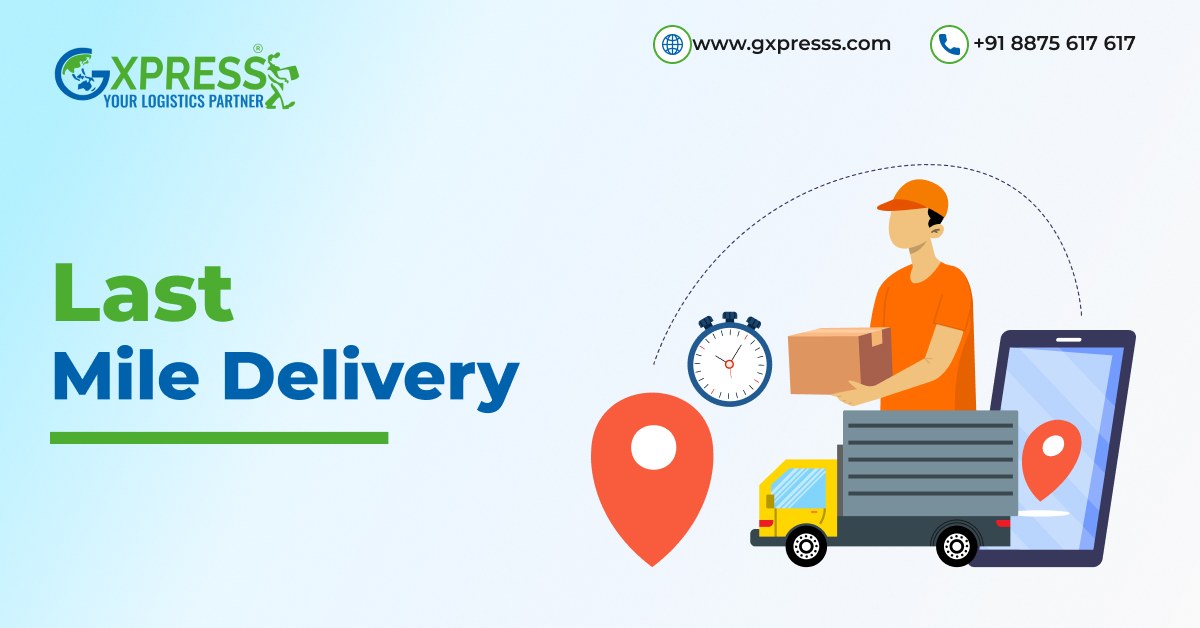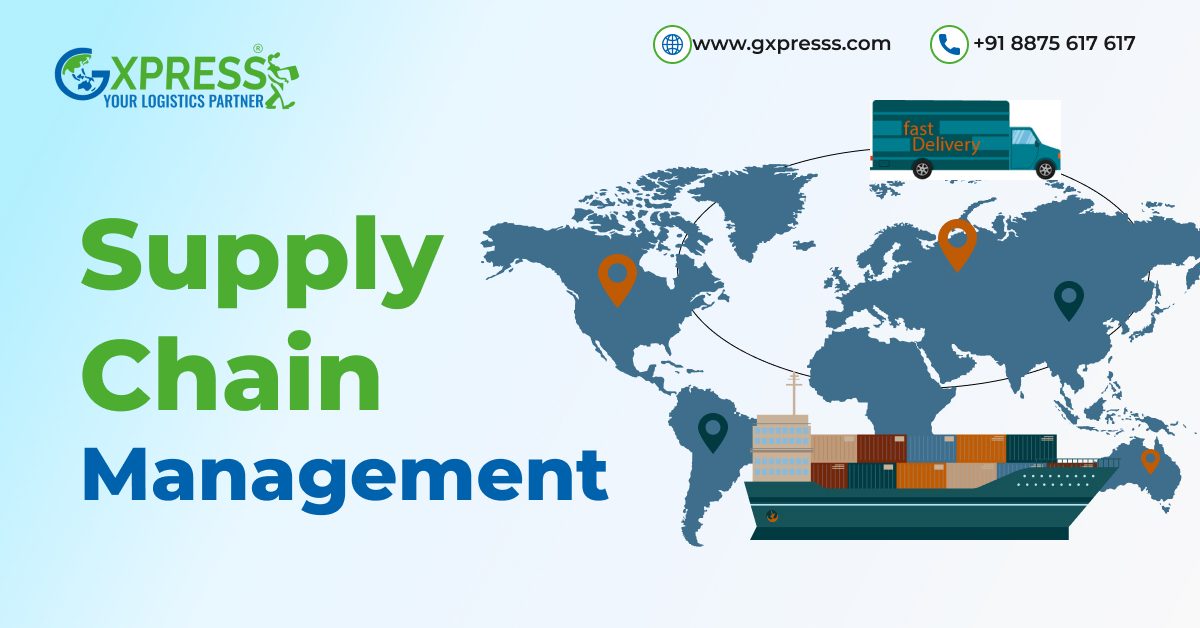October 6, 2025E-commerce8 min readBy Admin
India's Logistics Revolution: Digitalization, Infrastructure & the Rise of E-commerce
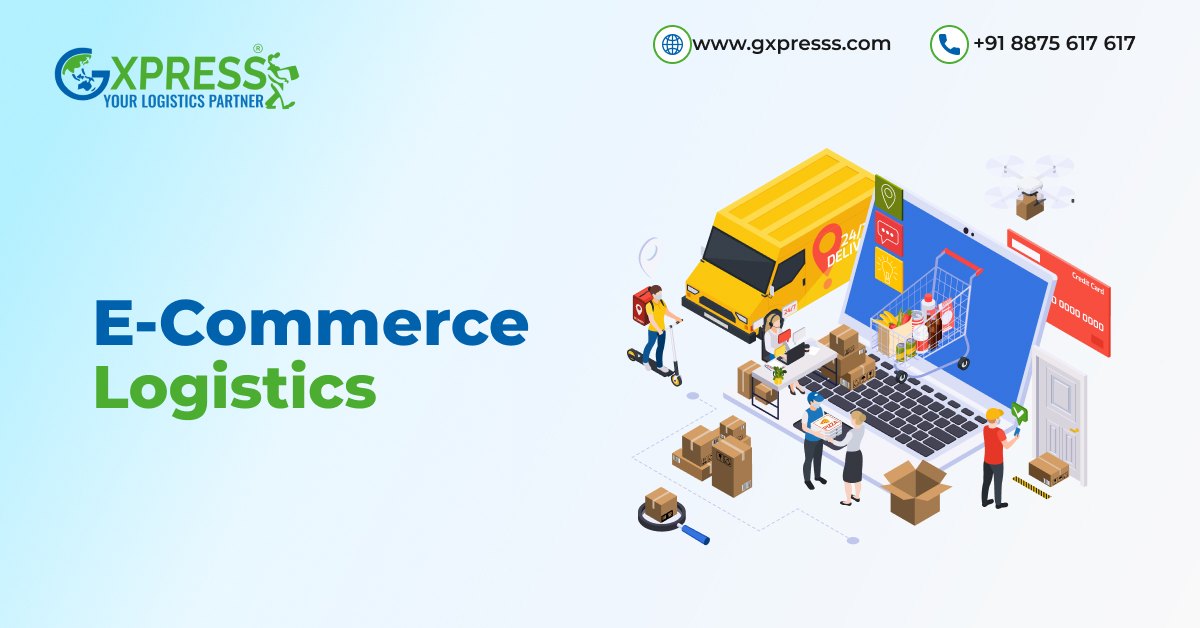
Over the last decade, if there is one silent hero in India’s growth story, it is ecommerce logistics. Goods are moving faster, more efficiently, and more reliably than ever before from the crowded streets of Delhi to the far-off villages in the Northeast.
The three main factors of this change are the digitalization, the modern infrastructure, and the unstoppable e-commerce wave.
However, this revolution did not occur by magic. This is the story of desire, invention, and the ambition to link India’s 1.4 billion people in a way that has not been done before.
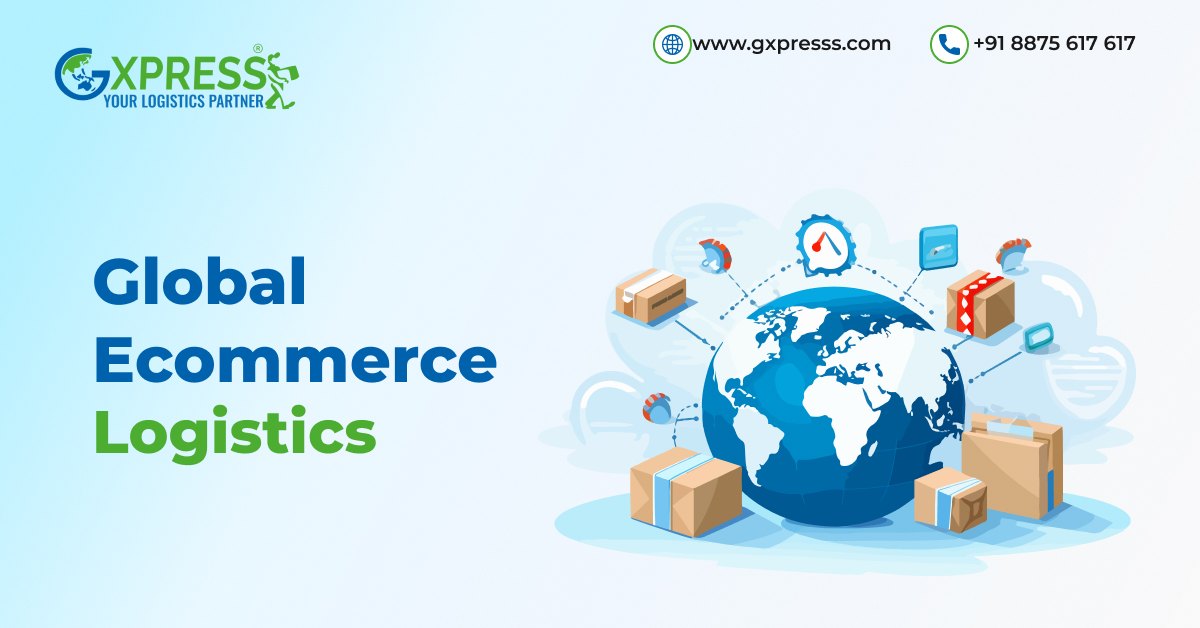
The Old Roads of Ecommerce Logistics
India’s ecommerce logistics industry was the weakest part of the economic chain of the country for a long time. The high costs (almost 13–14% of GDP compared to the global average of 8–9%), slow transit times, fragmented supply chains, and lack of transparency made it almost impossible for businesses to grow. Moreover, if someone had an exporter in 2005 and asked him what the biggest problem was, he would say logistics, and the answer would be almost always. Goods would wait at ports because of the required paperwork for several days. It was happening that the trucks would be halted at the borders between states due to security checks, and they needed several hours to pass through. Small businesses with good products would be out of the market just because their supply chains were not designed to work at a fast pace. Even though India had these issues, it was always one step ahead because it had reserves. The need for better logistics had never been so obvious, and when the digital wave ran through the country, logistics was one of the biggest winners.Digitalization: Turning Chaos into Clarity
More than any other single factor, the rise of smartphones and low-priced internet has done a great job for logistics. What was once a maze of paperwork and phone calls has suddenly turned into real-time visibility. Now, for example, a small garment company in Jaipur, having a shipment to London and taking only a few steps on their phone, is able to track the entire process. Digital freight platforms not only allow companies to make bookings online but also provide rate comparison, and even give them the possibility to manage customs documentation without the headache created by paperwork. These are some of the things digitalization has made possible for ecommerce logistics:End-to-End Visibility
Using technologies like GPS for monitoring the location of trucks, attaching RFID tags to goods, and implementing AI-based platforms are ways that enable businesses to have absolute ownership of the goods.Automated Documentation
Manual bottlenecks are being substituted by smooth processing in the case of e-way bills and digital customs clearance.Predictive Analytics
It is now possible for companies to not only plan for delays but also to choose the most efficient route for their vehicle and decide the amount of stock by leveraging real-time data.Integration with E-commerce
The likes of Amazon and other e-commerce sites can carry on their business smoothly as their logistics partners are using technology to manage the huge number of deliveries they receive daily. This change has made the most significant impacts; it has not only cut down on errors and saved costs but also, the biggest point, cultivated trust. A business owner who knows the goods are going to be delivered on time is immediately empowered to grow further.Infrastructure: Laying the Foundation for Growth
Technology has great power, but without physical infrastructures, it is limited in what it can do. The point is that India has achieved gigantic progress in the last ten years in this regard.Highways & Expressways
Today, such like the Delhi-Mumbai Expressway, slicing down communicative times by leaps and bounds, are the kinds of projects working away silently but greatly furthering the revolution of road transport.Dedicated Freight Corridors (DFC)
Can you picture a street made for trains? India’s DFCs are enabling freight trains to run at double the speed than before; as a result, congestion on passenger lines has been reduced.Modern Ports & Airports
The likes of Mundra and JNPT (port) and airports in Delhi, Mumbai, and Bengaluru are being refurbished to accommodate the cargo of the size of worldwide trade flows with ease and speed.Warehousing Boom
Apart from huge fulfillment centers that are located outside metro areas and cold storage facilities in tier-2 cities, warehouses are getting more intelligent, more automated, and less distant from their customers.
The Rise of E-commerce: Redefining Consumer Expectations
On one hand, the logistics sector has undergone a massive overhaul due to the usage of e-commerce in three big ways:Last-Mile Delivery Innovation
Many startups and established players are coming up with ideas to use electric vehicles, drone deliveries, and hyperlocal hubs so that the last leg of delivery can be made not only faster but also greener.Cash on Delivery (COD) & Ecommerce Reverse Logistics
Indian consumers are not fond of one thing only, i.e., they want a wide range of options to choose from. For this reason, logistics companies have designed systems not only for delivery but also for easy returns, refunds, and COD payments, which is a complexity that exists only in India.Expansion to Tier-2 & Tier-3 Cities
It was after realizing that growth was not limited to metros that platforms started focusing on tier-2 and tier-3 cities. The logistics players are now covering those small towns with the same effectiveness, which means millions of new customers have become accessible. The combination of the e-commerce and logistics sectors has, by far, been a game changer. It has given the power to small businesses, allowed consumers to have the choice they never had before, and kept the industry on its toes to constantly come up with new ideas.Challenges of Ecommerce Logistics
Definitely, dealing with all the problems is part of a revolution, no matter what it is. India’s logistics sector is still battling some issues:- The cost of logistics is still quite high when compared to that of other countries.
- The demand for more environmentally friendly and sustainable transport solutions.
- The lack of necessary skills in the use of digital technology among small businesses.
- Some limitations in the infrastructure of uninhabited places.
The Road Ahead For Ecommerce Logistics
The logistics revolution in India is still a long way from coming to an end; actually, it’s just getting started. The experts foresee that the logistics industry will be worth $357 billion by 2030. This will be fueled by the adoption of e-commerce, global trade, and technology. With supply chains becoming more intelligent, environmentally friendly, and customer-centric, logistics will not be considered as a "cost center" but rather a competitive advantage. The businesses that will successfully handle their logistics will be the winners in the marketplace. Moreover, for Indian ecommerce logistics companies like Gxpress, it is not only about the transportation of goods. It is about making the connections between the people, the businesses that the economy is able to use, and that will allow it to make big dreams.Conclusion
India has continuously made efforts towards its ecommerce logistics game, and we can see the results of that when we order things online and they get here in a few hours or the very next day. This effort has made something complex, like global ecommerce logistics, seem simple. And because of India’s continued efforts, it will see a rise in its growth. India is already doing pretty well, but it has yet to reach its peak.Frequently Asked Questions (FAQs)
1. What is driving India’s logistics revolution?
Digitalization of the process, online booking, automated documentation, new infrastructure, and e-commerce growth.2. How has digitalization changed logistics in India?
Real-time tracking, automated paperwork, smarter routes.3. Why is infrastructure so important for logistics growth?
Faster highways, freight corridors, ports, and warehouses cut costs.4. What role has e-commerce played in shaping logistics?
Created demand for quick delivery, easy returns, and wider reach.5. What challenges still remain in India’s logistics sector?
High costs, sustainability needs, rural gaps, and skill adoption.6. What is the future of India’s logistics industry?
A $380B industry by 2025, powering trade and growth.Share this article:

